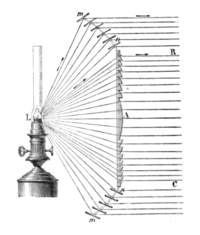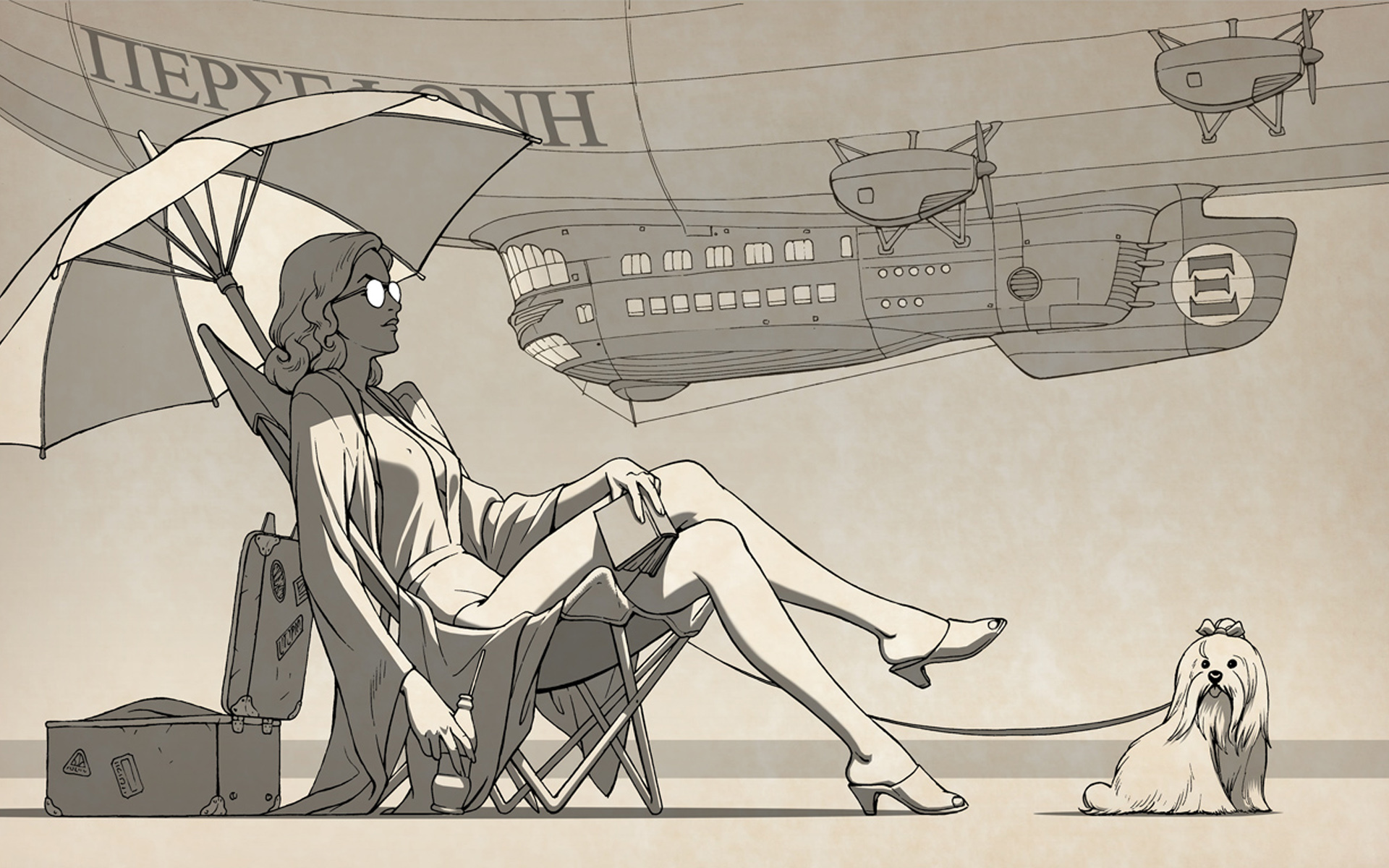That's quite a tale GB.
Today in 1992:
350 years after Galileo Galilei's death, an investigation into the astronomer's condemnation, calling for its reversal (opened in 1979 by Pope John Paul II) acknowledged the Vatican had made errors, but stopped short of admitting the Church was wrong to convict Galileo on a charge of heresy because of his belief that the Earth rotates round the sun.
Galileo Galilei (Italian pronunciation: [ɡaliˈlɛːo ɡaliˈlɛi]; 15 February 1564[4] – 8 January 1642),[5] often known mononymously as Galileo, was an Italian physicist, mathematician, astronomer, and philosopher who played a major role in the Scientific Revolution. His achievements include improvements to the telescope and consequent astronomical observations and support for Copernicanism. Galileo has been called the "father of modern observational astronomy",[6] the "father of modern physics",[7] the "father of science",[7] and "the Father of Modern Science".[8]
His contributions to observational astronomy include the telescopic confirmation of the phases of Venus, the discovery of the four largest satellites of Jupiter (named the Galilean moons in his honour), and the observation and analysis of sunspots. Galileo also worked in applied science and technology, inventing an improved military compass and other instruments.
Galileo's championing of heliocentrism was controversial within his lifetime, when most subscribed to either geocentrism or the Tychonic system. He met with opposition from astronomers, who doubted heliocentrism due to the absence of an observed stellar parallax.[9] The matter was investigated by the Roman Inquisition in 1615, and they concluded that it could be supported as only a possibility, not an established fact. Galileo later defended his views in Dialogue Concerning the Two Chief World Systems, which appeared to attack Pope Urban VIII and thus alienated him and the Jesuits, who had both supported Galileo up until this point. He was tried by the Inquisition, found "vehemently suspect of heresy", forced to recant, and spent the rest of his life under house arrest. It was while Galileo was under house arrest that he wrote one of his finest works, Two New Sciences, in which he summarised the work he had done some forty years earlier, on the two sciences now called kinematics and strength of materials.
View attachment 24466













